Affiliate links on Android Authority may earn us a commission. Learn more.
Roku not working? This is how to fix it
Published onNovember 26, 2024
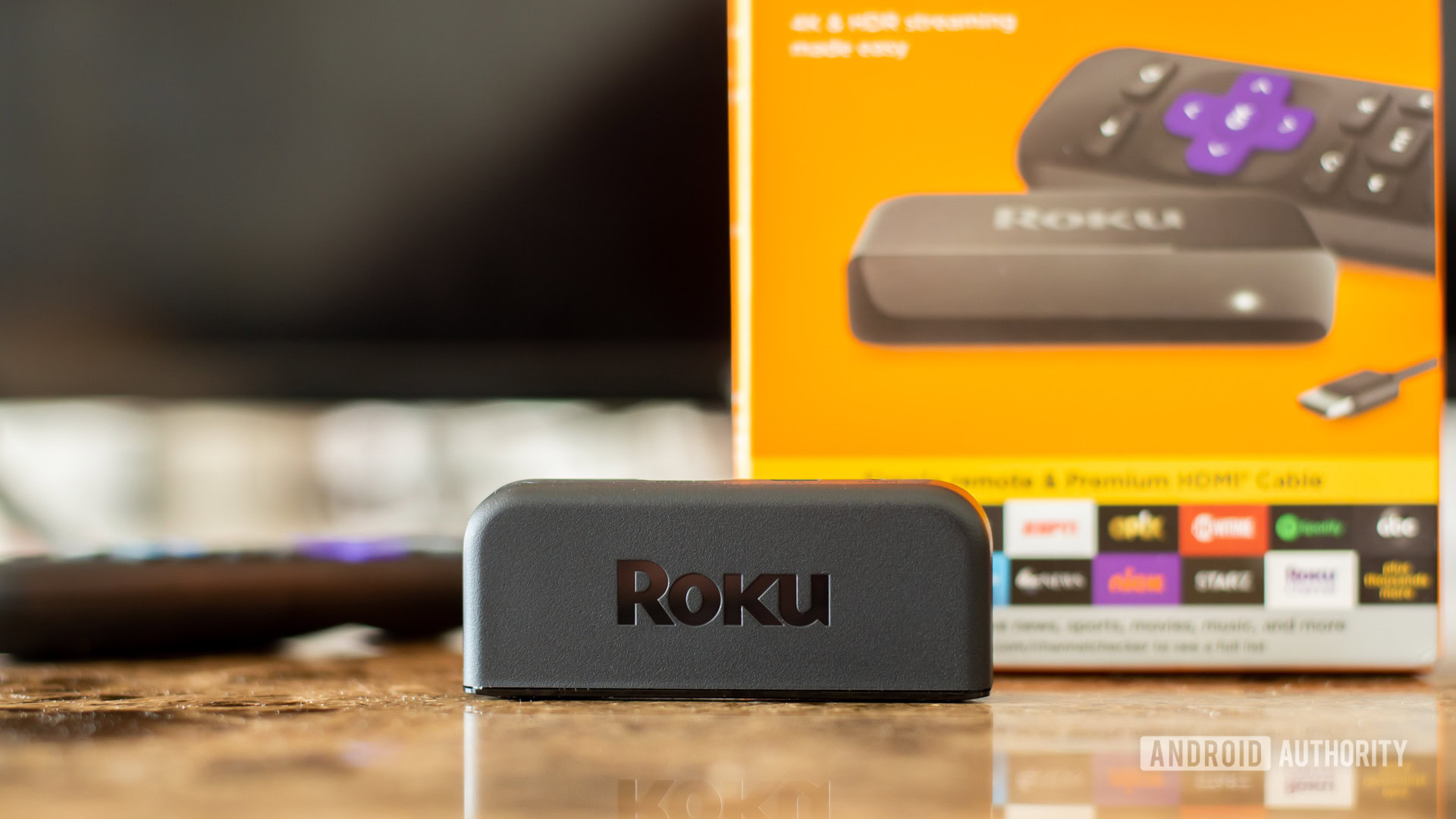
Roku is a massive name in the home streaming world. The company offers tons of streaming sticks and smart TVs, and it has around 81.6 million monthly active users in the USA as of Q1 2024. Plenty of you are using the platform, so we can understand how big of a deal it can be whenever Roku isn’t working. What do you do if your Roku doesn’t work? We can give you plenty of troubleshooting tips. Here are the most common Roku problems and how to fix them.
Editor’s note: The steps in this article were put together using a Roku Ultra running Roku OS 12.5.5. Keep in mind steps might differ depending on your hardware and software version.
Is Roku down?
It’s not common, but sometimes Roku’s services go down. You should first check if Roku’s servers or services are having issues. You can use a website like DownDetector.com, which collects user reports to determine whether a service is down or not. It even has a map feature to determine if an outage is local or widespread. Additionally, the Roku Support X page also tends to report most widespread issues.
Try a simple restart

There are many reasons why your Roku may not be working. We can’t always find the direct problem, but we can tell you that most small issues are usually fixed with a simple restart. Give it a try!
Restart with remote:
- Press the Home button on your remote control.
- Select the Settings.
- Go into System.
- Go into Power.
- Click on System Restart.
- Hit Restart.
Restart when frozen:
- Press the Home button five times.
- Select the Up arrow once.
- Press the Rewind button twice.
- Press the Fast Forward button twice.
Is your device overheating?
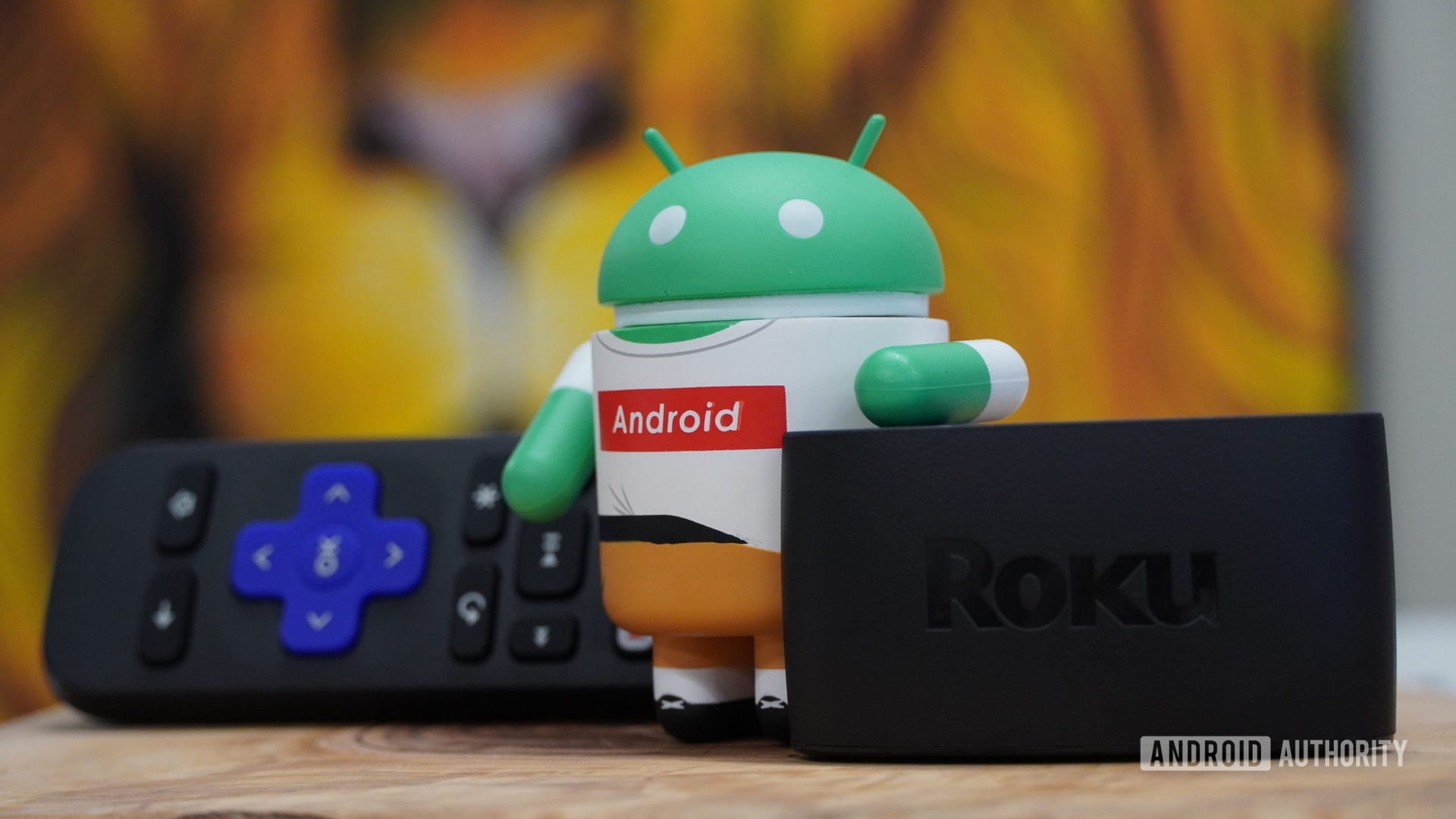
The unit can overheat if you set your Roku on top of another device or in a confined space. It shouldn’t be common, but you will see an on-screen warning if your Roku is overheating. Some Roku devices also feature an LED light that will light up bright red when it overheats.
When you see the on-screen warning or LED light, immediately shut your Roku off. Newer Roku devices can’t really be turned off, so unplug it. Wait ten minutes or longer before reconnecting your device and power it back on. If the problem persists, turn your Roku back off and unplug it. You may have to contact Roku if you can’t find a way to cool your device down, which may indicate more significant hardware problems.
Look for a red light
Talking about a red light, it can identify more than overheating issues. You may also encounter a problem where your Roku isn’t getting enough power, indicated by a red LED or on-screen warning. If you’ve plugged your USB-powered Roku device into your TV in a closed loop, that may cause your problem. Some TVs come with USB outlets that deliver less power than others, and some aren’t meant to deliver power at all.
The easiest way to fix this Roku problem is to plug your USB into the power adapter, which should come in the original box. Roku designed its adapter to deliver the correct power level, so trust the hardware! If you still have problems, try moving the power adapter to a different outlet or power strip.
Check your remote
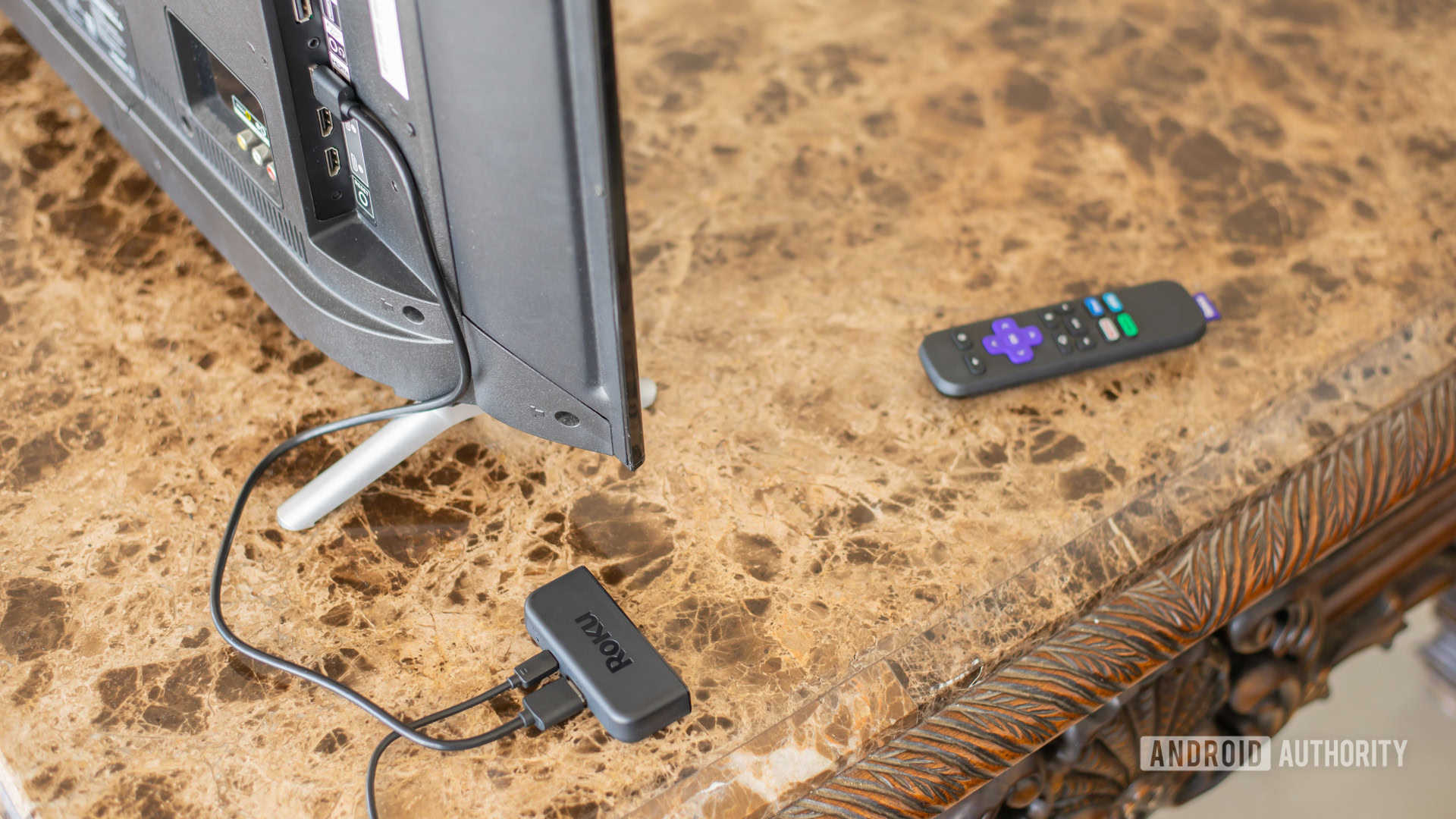
Most Roku products ship with simple IR remotes, but newer units can get Wi-Fi models. These are arguably better, but they can also complicate things a bit. Sure, they let you point anywhere with good results, but you may have connection problems. Most of these issues should be easy to fix on setup, but here’s what you can try if not.
Roku IR remotes
Unfortunately, IR remotes still require direct lines of sight to your streaming device. You’ll have to move all obstacles between yourself and your streaming device. Make sure to check your line of sight from anywhere you like to sit in front of your TV.
You can also replace the batteries in your IR remote for a stronger connection. The IR blaster works like a flashlight and is only as good as its beam strength. A fresh set of batteries should help fix this type of Roku problem.
Roku Wi-Fi remotes
Roku’s Wi-Fi remotes are slightly more complicated but are also significantly more powerful. You can try the battery trick we mentioned above, but it can also help to restart or re-pair your remote and streaming device.
Force restart your remote and Roku device:
- Unplug your Roku device.
- Take the batteries out of your remote.
- Reconnect your Roku device to power and wait for it to boot.
- Insert the batteries back into your remote and wait 30 seconds to one minute.
This should restart both components but can also make your remote lose connection with the device. Here’s what you can do if this happens.
How to re-pair your Roku remote:
- Repeat the first four steps above, but don’t replace the battery cover.
- Press and hold the pairing button found inside the compartment for three seconds. After that, you should see the pairing light begin to flash on your remote.
- Wait 30 seconds while your remote completes its pairing process.
- Follow the pairing prompts on your TV screen.
Note: If you’re unsure which remote you have, remove the battery cover. If you have a Wi-Fi remote, you’ll see a tiny pairing button, which will be absent from IR remotes.
It might be your internet connection
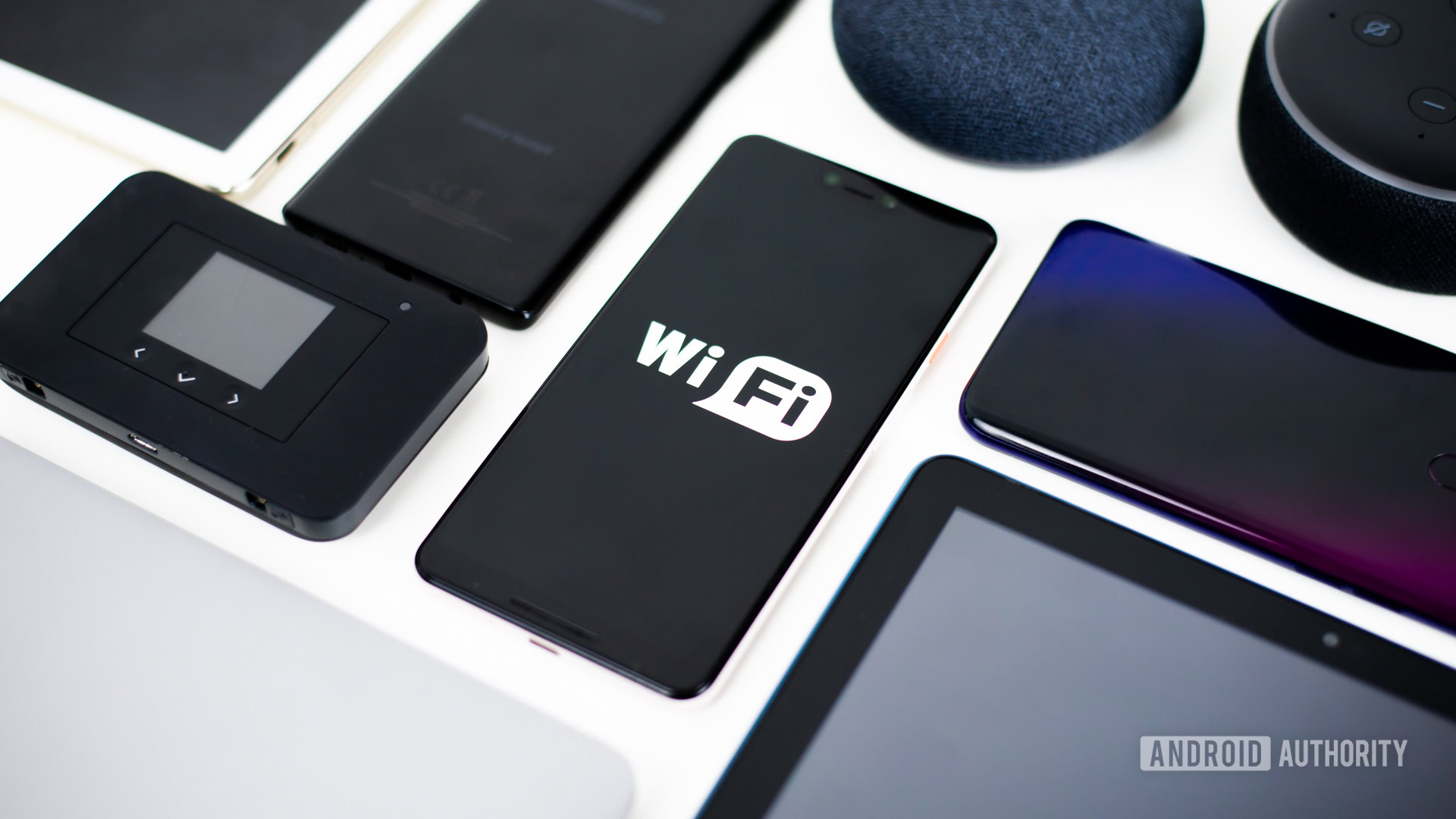
Are you still having problems with Roku not working? Maybe it’s time to start looking outside your Roku hardware. You may be having internet problems. To find out, grab another connected device using the same Wi-Fi network. This could be a smartphone, tablet, or computer. Check if your internet is working on other devices. If other devices don’t work, you know what the problem is.
Check if your router and modem are operating correctly. You can try to reset them. There’s usually a dedicated restart button on these, but you can also use the universal method of unplugging the router, waiting a minute or so, and then plugging it back in. If a simple method for fixing your internet doesn’t work, you should probably call your internet service provider for help.
Roku also has a dedicated tool for checking your internet connection.
How to check your internet connection from a Roku device:
- Go into the Settings.
- Head into Network.
- Select Check connection.
You should see Excellent, Good, Fair, or Poor indicators in the About section. If you have a Fair or Poor connection, you may want to try to improve your connection.
If your Roku device has an Ethernet port, try connecting to the internet that way to test if the problem comes from your Wi-Fi. This may mean that you’ll have to reset your router, or you may want to reposition your Roku. It’s not always possible, especially if you have a streaming stick, but you can also try to move your TV set. Error code 009 on your Roku means that it’s connected to your router, just without the internet. If that happens, restart your Roku and the router to see if that helps. You can also look at our guide for troubleshooting your Wi-Fi if you need extra help.
Keep your Roku updated
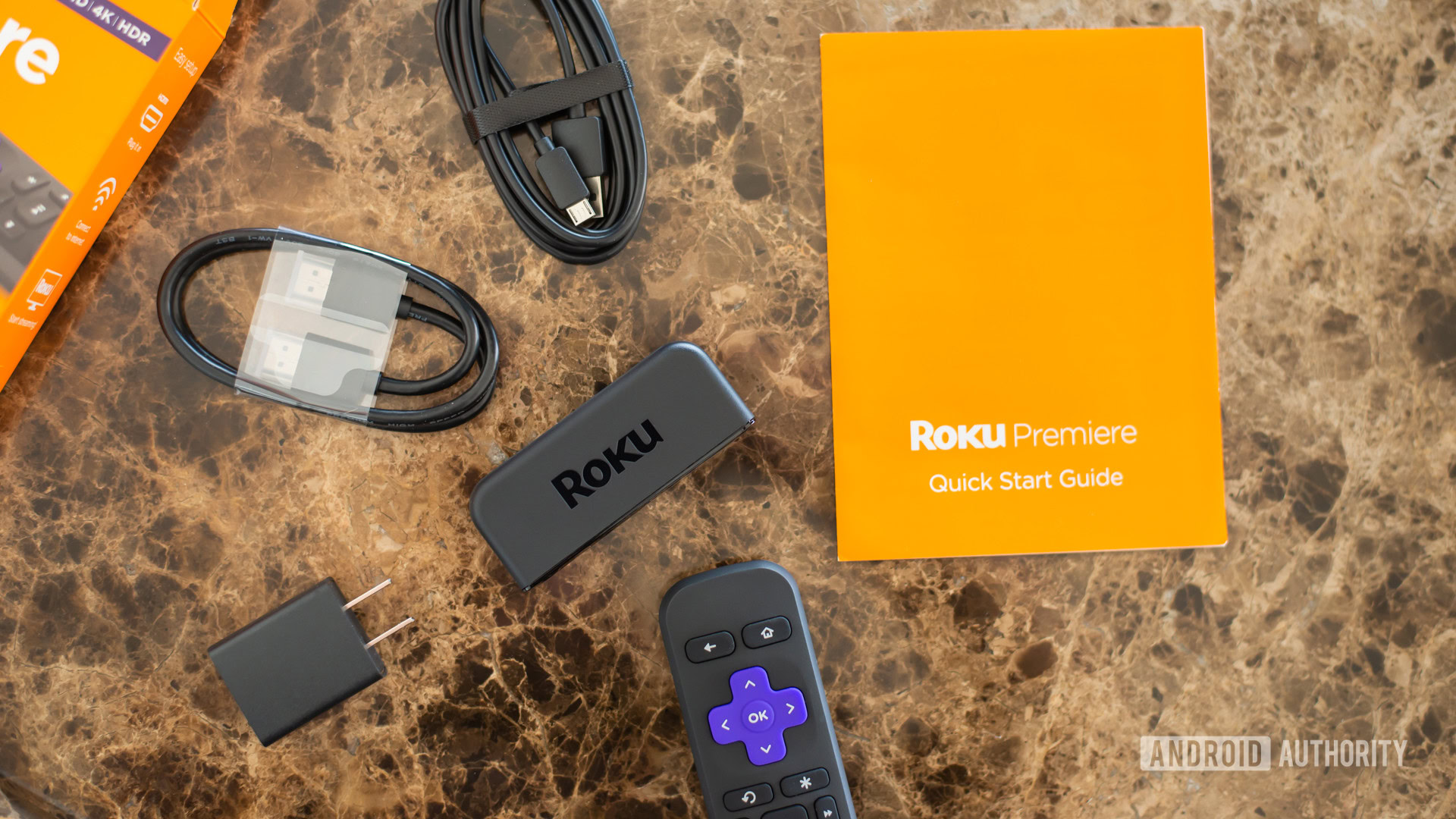
Most Roku updates are meant to happen automatically in the background, but nobody is perfect. Occasionally, you might have to roll your sleeves up and do the update yourself.
How to update your Roku device:
- Press the Home button on your remote.
- Go into the Settings.
- Select System.
- Choose the Software Update option.
- Press Check Now to search for updates manually.
- If an update is available, your Roku should begin the process automatically. Do not interrupt it while the update installs.
Audio and video issues
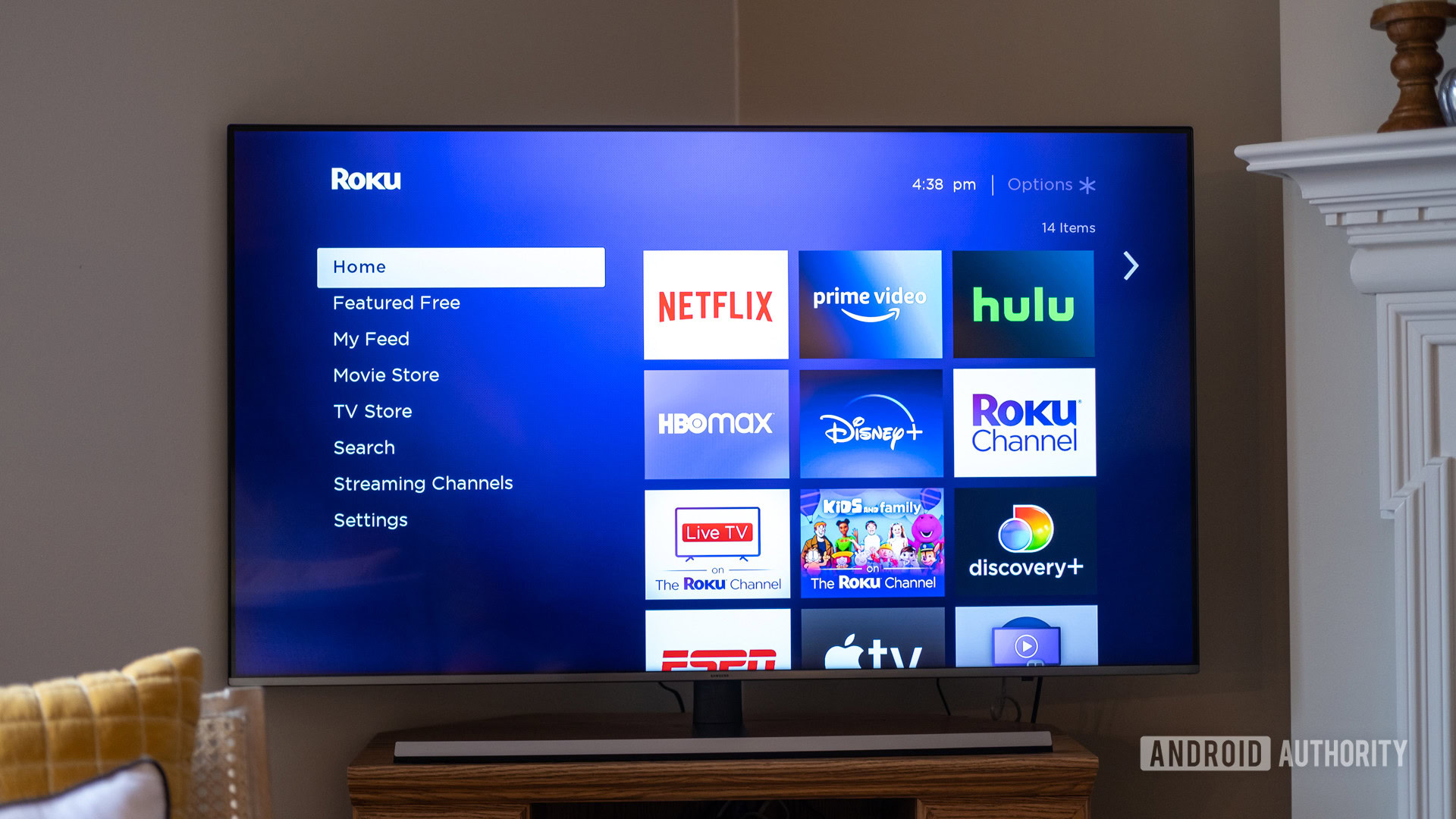
Audio and video problems on your Roku can come from several issues. It could be a problem with your apps or software settings, but it could also be a hardware issue if something is disconnected.
Before trying any of these more complex solutions, try restarting your Roku first. Then, unplug it from power and wait a few seconds before powering it on again. It may sound like a silly answer, but it often works wonders.
Are you still having problems? Here are a few potential solutions:
Check your connections and inputs
Check your HDMI input at both ends if you have a set-top Roku. Your cables should be tightly connected to the TV and your streaming device. You may also want to check that you’re connected to the correct audio input. Finally, ensure the mute function is turned off, and try adjusting your TV volume.
Check your Roku’s settings
You can use the Settings menu to adjust your audio input.
Adjust your audio settings on Roku:
- Press the Home button.
- Go into Settings.
- Hit Audio.
- Go into Digital output format.
- Adjust your setting to Stereo if you’re using HDMI.
Audio and visual sync issues
You may notice that your audio and visual playback are out of sync. If this is the case, you may have to fiddle with your video refresh settings.
Edit Roku video refresh settings:
- Press the Home button on your remote control.
- Enter the Settings menu.
- Choose System and then Advanced system settings.
- Click on Advanced display settings.
- Choose Auto-adjust display refresh rate and select Off.
Common Roku app problems
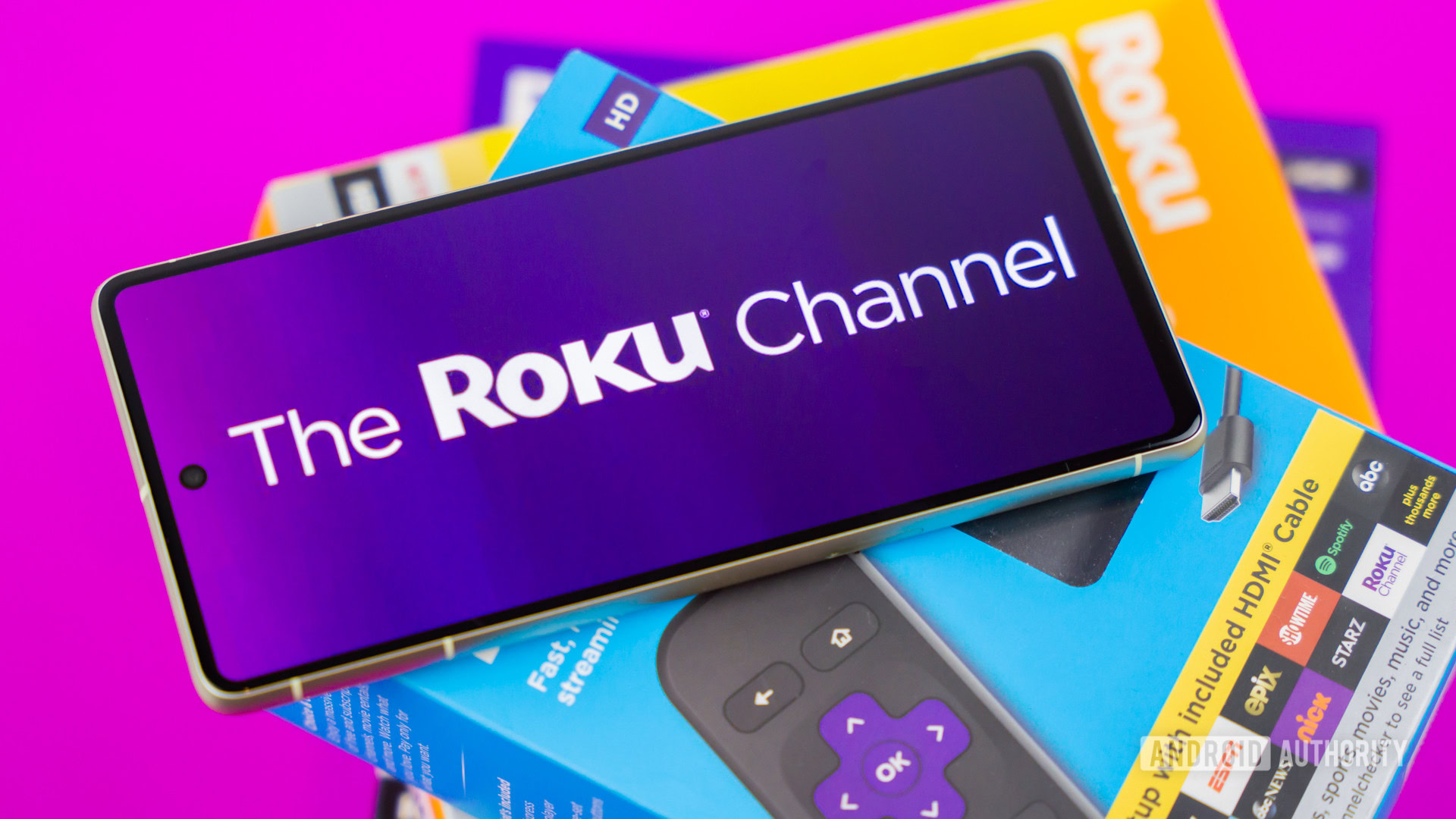
Roku’s companion app is an essential add-on for Android and iOS users, but it can be a source of some common problems. You can use the app as a remote control, and it’s the easiest way to add content to your streaming device. First, however, you must ensure that you get the connection settings just right. Like most problems, the root cause probably lies with your Wi-Fi connection, so here are some solutions.
Connect both devices to the same network
Modern Wi-Fi routers often come with two different networks — a 2.4GHz option and a 5GHz one. You should ensure that both your phone and streaming device are connected to the same network, just in case. The two networks should talk to each other, but sometimes it helps to be extra careful.
Fix your Roku’s network problem:
- Press the Home button on your remote control.
- Enter the Settings menu.
- Head to System.
- Select Advanced system settings.
- Open the Control by mobile apps option.
- Now, go to Network Access.
- Try changing the setting from Default to Permissive.
Try a factory data reset
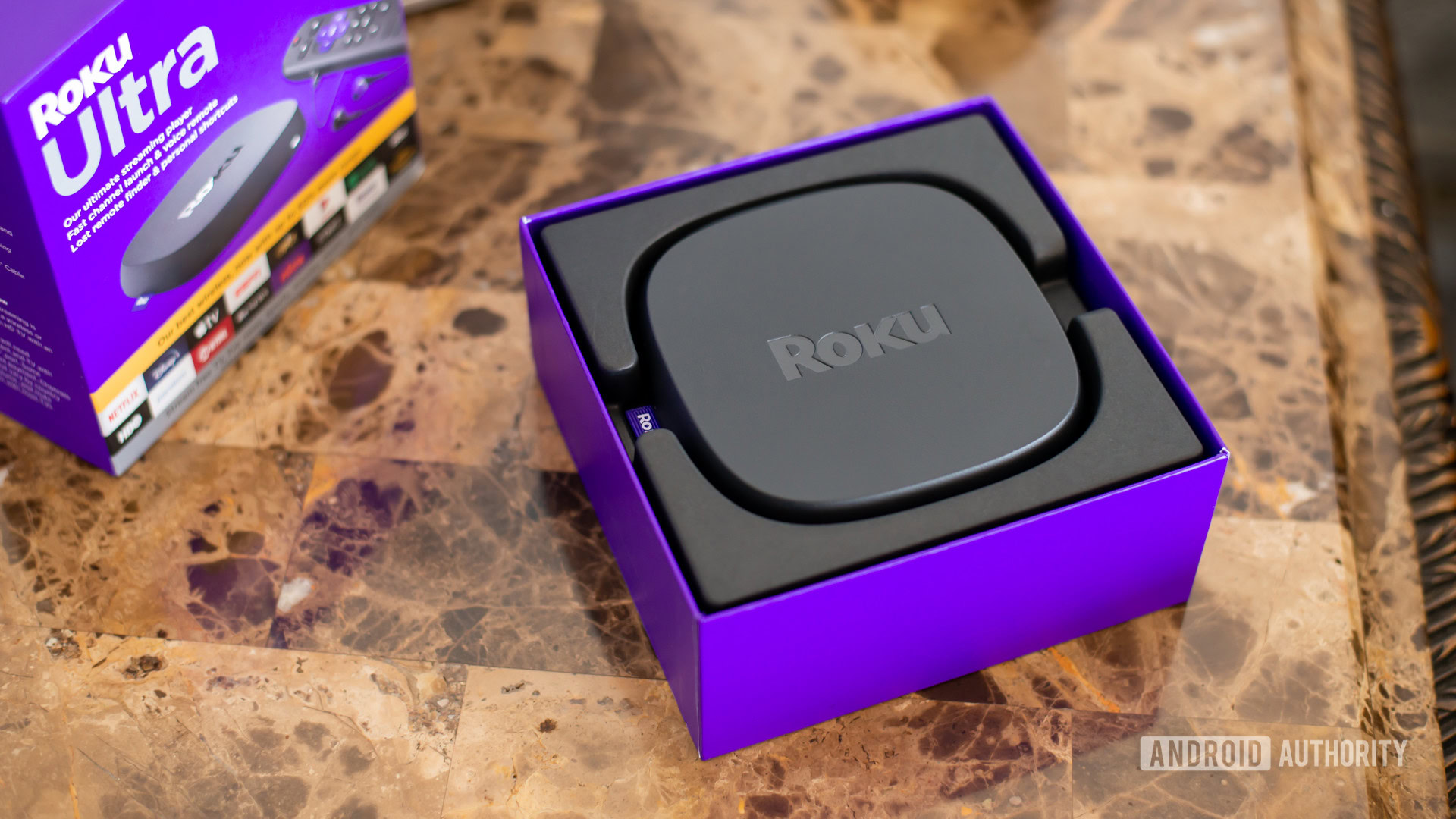
The factory reset is the most extreme way to fix most Roku problems. As the name suggests, it returns your streaming device to its default settings. You’ll have to re-download and log into all of your apps all over again, but it should help fix common errors.
How to reset your Roku device:
- Press the Home button on your remote control.
- Enter the Settings menu.
- Select System.
- Click on Advanced system settings.
- Go into Factory reset
- Confirm by entering the code shown on your screen.
- Choose OK.
- Click on Start factory reset.
You can also use your Roku’s physical reset button to skip the menu steps. Some devices have large buttons you can press with a finger, though you’ll need a paperclip or something similar to press the pinhole reset button on the Roku Ultra.
FAQs
We can’t really pinpoint what causes the excessive av skew error on Roku, but it seems to appear more often when trying to play high-quality content through USB or a local server. Some users also report seeing this error on specific apps, though.
Successful fixes include removing and re-adding the app, restarting the device, and performing a factory data reset.
Roku Live TV issues are commonly due to internet issues. Speed is usually a problem. Roku recommends 3Mbps for standard definition and 9Mbps for HD content. Check your internet speeds. Other successful troubleshooting tips include restarting the device and checking your Wi-Fi network.
If you’re encountering glitching or flickering on your Roku TV, this is usually due to a connection problem with your HDMI cable. Try the tips in the audio and video issues section of this post.
Roku doesn’t work in every country. Currently, Roku only serves the US, Canada, Australia, the UK, France, Germany, and several Latin American countries.
Roku freezing is often linked to software bugs. You can try to fix this by updating the device, restarting it, or performing a factory data reset.
Hopefully, we’ve helped you find a solution to your most common Roku problems. If none of the above tricks have worked, it might be time to reach out to Roku support for professional help.